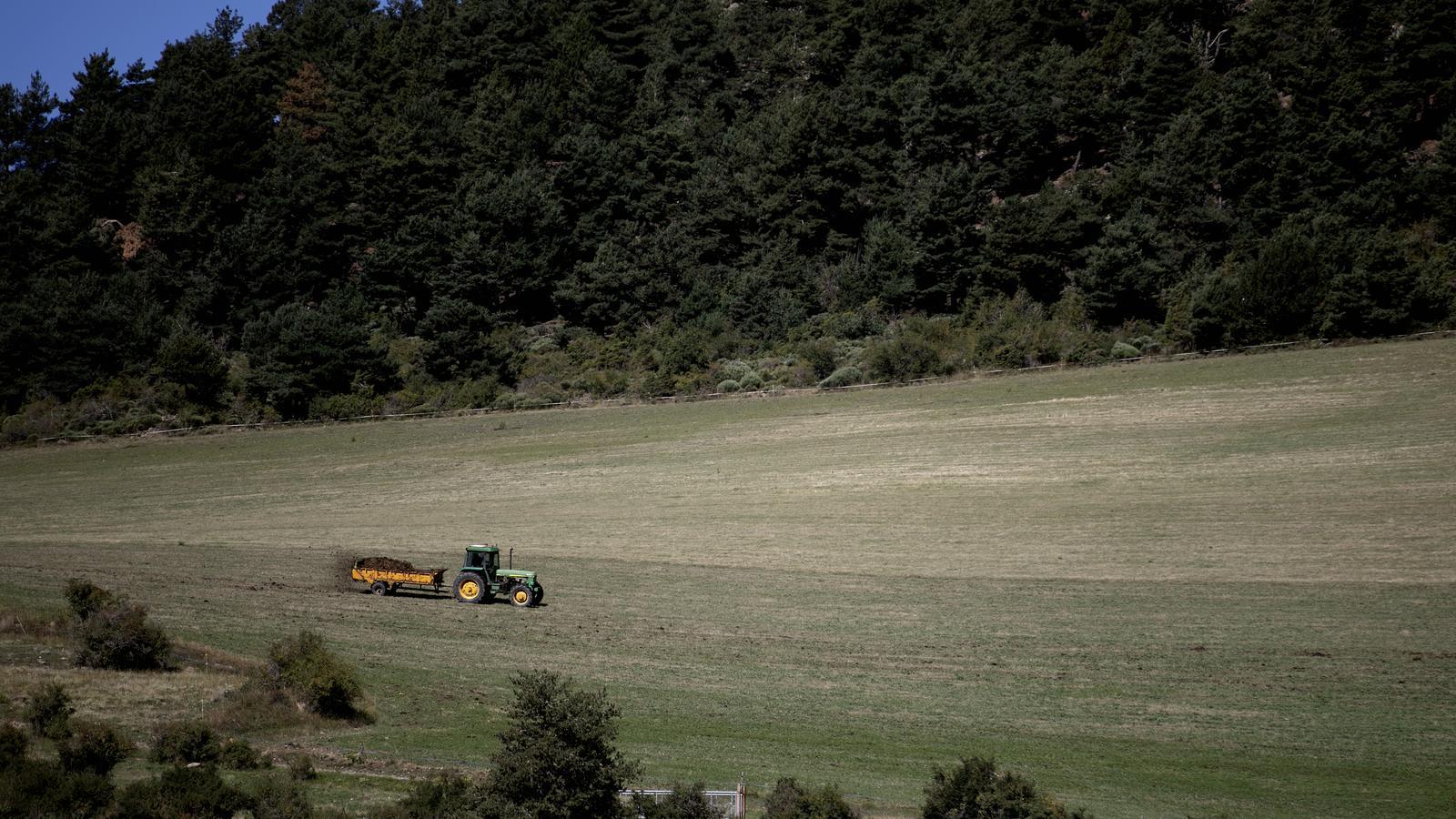The Catalan economy slows down and grows at the same level as the Spanish economy.
Catalan GDP expanded by 2.8% in the second quarter, as did the rest of the country.


BarcelonaThe Catalan economy maintained the high annual growth rate it has been recording since the end of the pandemic in the second quarter of this year, although it intensified the slowdown that began in the first quarter, according to data released Thursday by Idescat, the statistics institute of the Generalitat. Furthermore, after a long time, the annual growth rate stopped exceeding the Spanish one and matched its growth, although both remain above the European average.
With the threat of Donald Trump's tariffs looming over the economy since early April, Catalonia's gross domestic product (GDP, the indicator that measures the size of an economy) closed the second quarter of 2025 2.8% higher than the same period last year, six-tenths of a percentage point below the three-point average.
Aside from the consequences of the global uncertainty caused by the trade escalation, sources from the Department of Economy point out that the slowdown in the evolution of Catalan GDP is also explained by very high growth rates in 2024. The figure for 2025 would have been even lower.
Therefore, Catalonia, like the rest of Spain, remains well above most European countries. For example, the average annual growth in the European Union (EU) in the second quarter was 1.5%, and that of the eurozone, 1.4%. Its major economies lagged behind: Germany and Italy grew 0.4% year-on-year, and France 0.7%.
In quarter-on-quarter terms, the rate of change in Catalonia was 0.6%, one-tenth lower than Spain's (0.7%), which led GDP growth alongside Portugal (0.6%) in the eurozone, where the trade shock with the United States has already been felt. In this sense, the eurozone grew 0.1% compared to the previous three months, and the EU grew slightly more, but not much, at 0.2%. Italy and Germany fell by 0.1%, surpassed only by Ireland, which fell by 1% quarter-on-quarter.
Agriculture is pulling more.
Idescat points out that the year-on-year GDP growth recorded in the second quarter of the year was driven by the positive performance of all sectors. After leaving behind three years of severe drought, agriculture was the sector that registered the most notable growth and stood out from the levels of all economic activity as a whole. The primary sector increased by 7.5% compared to the second quarter of 2024, although it also slowed compared to the first quarter, when it grew by 9.9%.
Services came next, with a 3.1% increase, followed by construction (2.3%) and industry (1.4%). Despite the more than 3% year-on-year growth recorded by services—which represent almost 70% of Catalan GDP—the statistics institute emphasizes that growth has slowed compared to the first quarter, five-tenths less than in the first three months of the year, when it stood at 3.6%. With Easter, the sectors that contributed most to this increase were hotels and restaurants, as well as legal services and retail trade.
As for industry, with a year-on-year rate of 1.4%, it was down seven-tenths of a percentage point compared to the previous quarter (2.1%), while construction remained more stable, just one-tenth less than in the previous quarter (2.4%).
